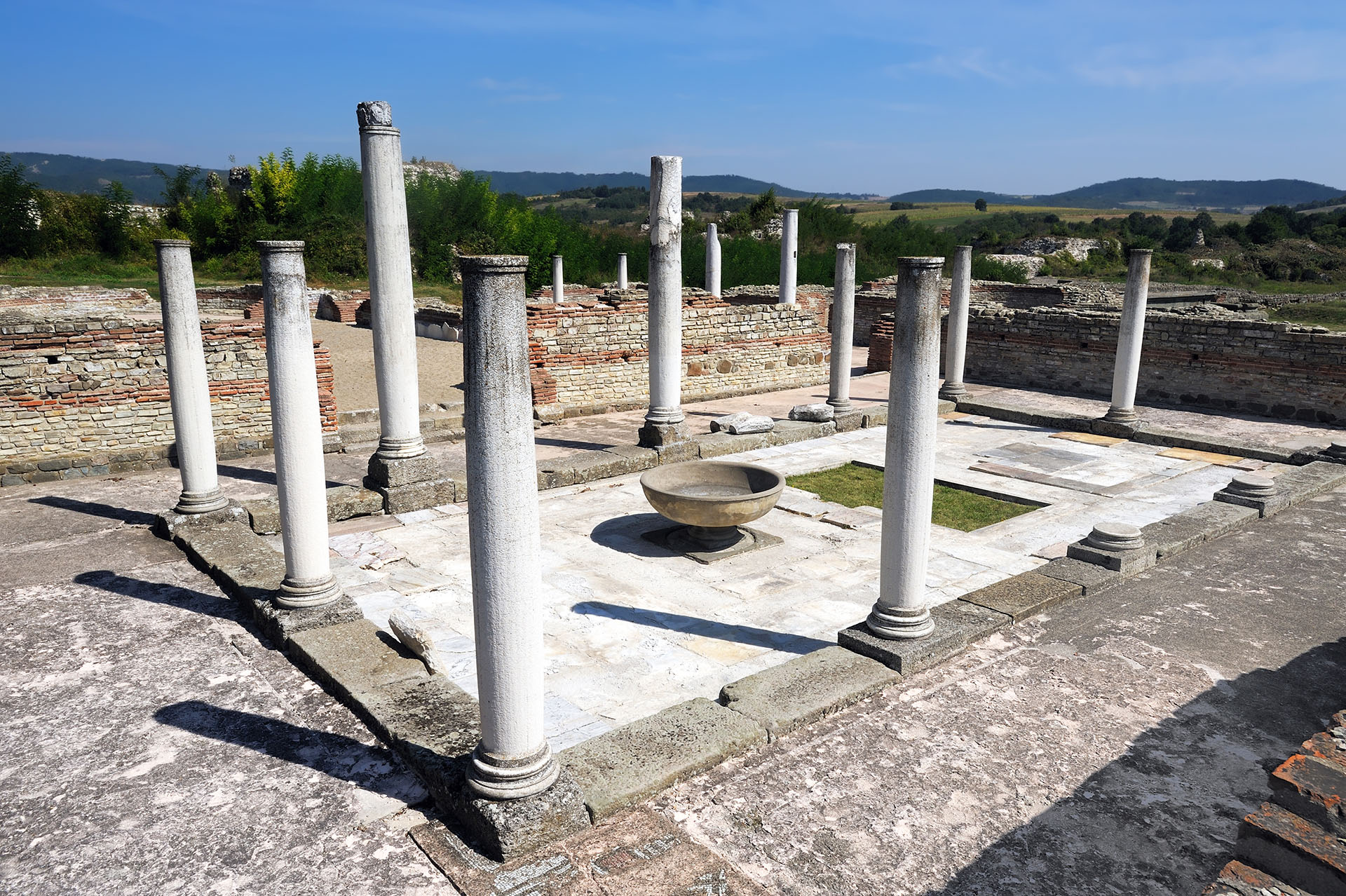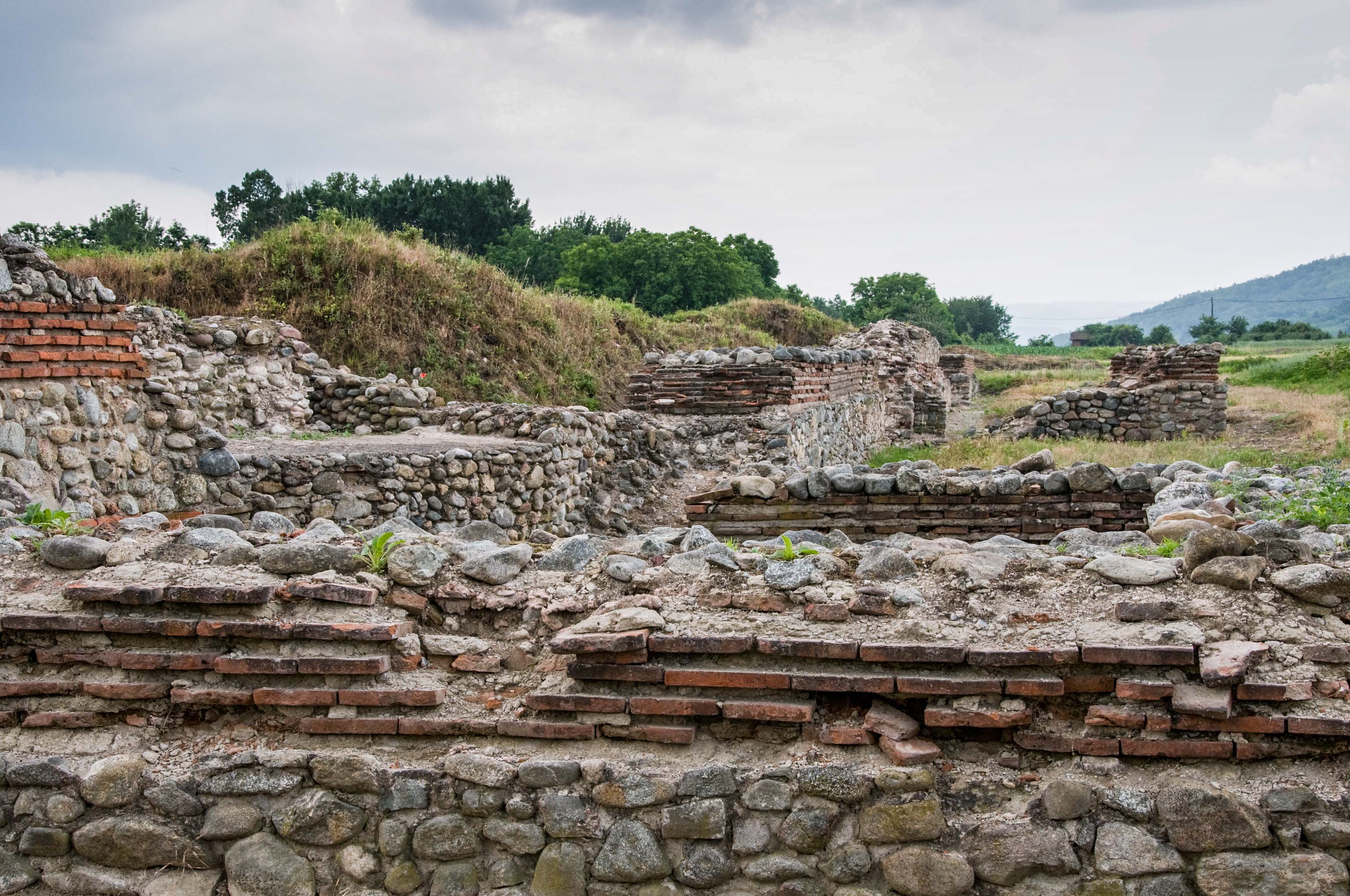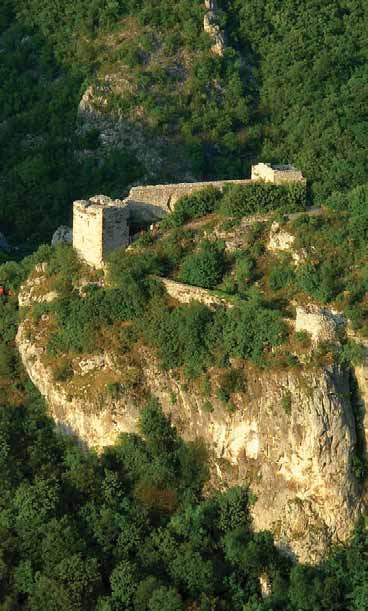CULTURE AND HISTORY
When world-renowned archaeologist Dr. Dragoslav Srejovic started the excavation on the right bank of the Danube, in the Đerdap Gorge in 1965, he couldn’t know that he would come across the centre of one of the most glamorous prehistoric cultures. Ever since, Lepenski Vir, one of the most important archaeological sites in Serbia and Europe, has been in the spotlight of both professionals and tourists willing to meet the distant past at its very source.
Just outside Zajecar, there lies Felix Romuliana, the palace of the last Roman god Gaius Valerius Maximianus Galerius Romuliana came into existence in late 3rd and early 4th century BC. The luxurious palace is adorned with beautiful floor mosaics that can match the best creations of classical Roman period in Europe. Since 2007 Felix Romuliana has been on the UNESCO list of world cultural heritage


Timacum minus near Knjaževac is the oldest Roman military fortress in eastern Serbia. It dates back to the 1st century AD. The inside of the fortress is filled with various buildings. Lapidarium with Roman stone monuments is in Archeo-ethno-park located in the nearby village of Ravna.
Having tamed the Danube and the mountain rocks, the Roman emperor Trajan built a road through the Đerdap Gorge, up to the place where he built a bridge on the Danube. The construction of the road was finished in 103 AD, and this great endeavour was memorialised on Trajan's board (Tabula Trajana) in the National park ‘Đerdap’. Trajan's board, with a Latin inscription, is visible only from the Danube.
Former military fortress Diana, now an archaeological site on the banks of the Danube between the hydroelectric power plant ''Đerdap 1'' and Kladovo, is associated with the reign of Emperor Trajan.
Šarkamen archaeological site is located 25 kilometres away from Negotin. It came into existence in late antique period, late 3rd and early 4th century. It was the seat of the Roman Emperor Maximinus Daia. Small treasury of imperial gold jewellery from Šarkamen is now kept at the National Museum in Belgrade.
On the Danube, west of Kladovo is the fortress Fetislam. This ''Gate of Peace'', as its name is translated, was built by the Turks in the 16th and 17th centuries and the administration over it was handed over to the Serbian people in 1867.
To defend from the Avars and Slavs, the Roman Emperor Justinian built Sokograd on the upright rock above the river Moravica near Sokobanja. Even after the Roman period passed, Sokograd was a shelter for various armies, and tradition has it that the legendary Haiduk Veljko Petrovic often found refuge here.


